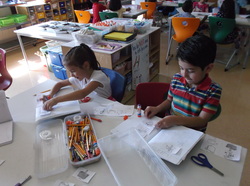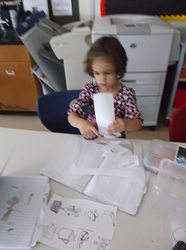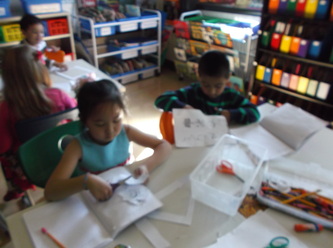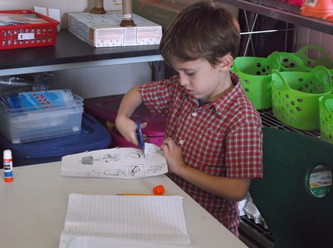
As Kindergartners learn more about what engineering actually is, they are learning to break down what it is that engineers actually design. Our first steps...learn the difference between living and non-living things! Engineers design technologies to help solve problems. All these technologies are non-living!
We know that in order for something to be living, it must:
1. Grow and change.
2. Move on its own.
3. Need food, air, and water.
If the object doesn't do those things, then it's non-living! While all non-living things are not designed by engineers, the majority of them are. Our focus next week will be on differentiating between natural and human-made objects. The pictures in this post show students sorting examples of living and non-living things.
We know that in order for something to be living, it must:
1. Grow and change.
2. Move on its own.
3. Need food, air, and water.
If the object doesn't do those things, then it's non-living! While all non-living things are not designed by engineers, the majority of them are. Our focus next week will be on differentiating between natural and human-made objects. The pictures in this post show students sorting examples of living and non-living things.


